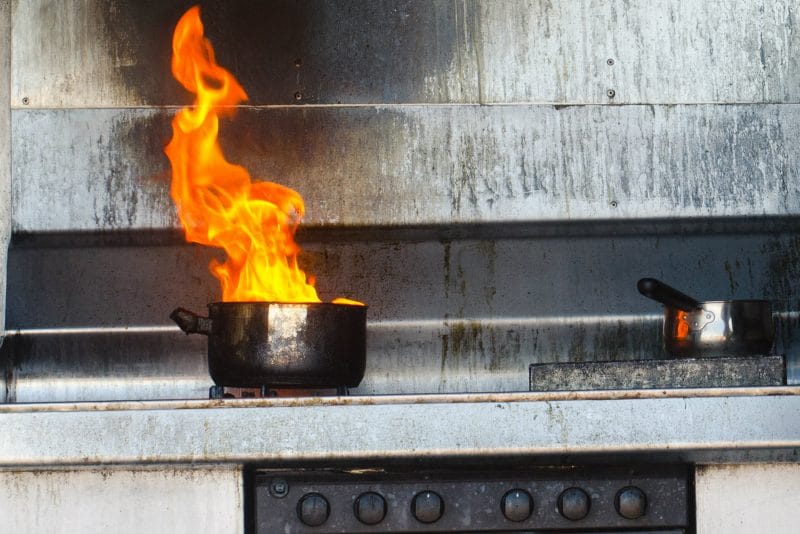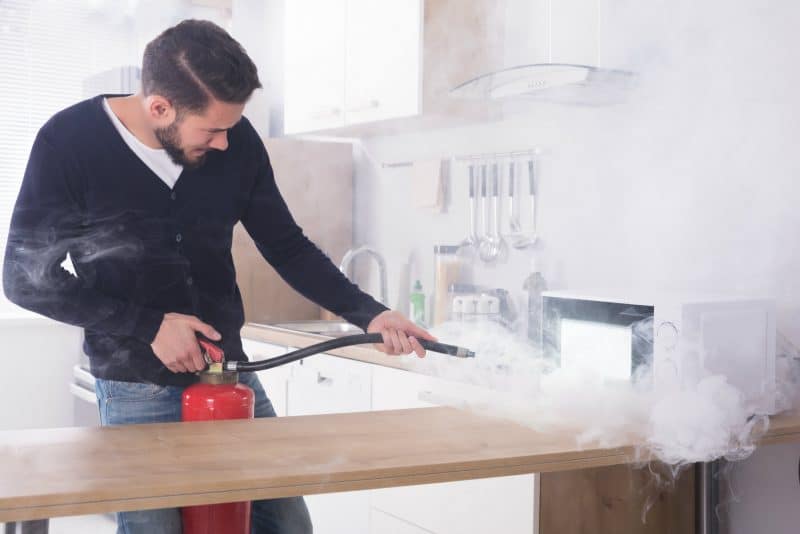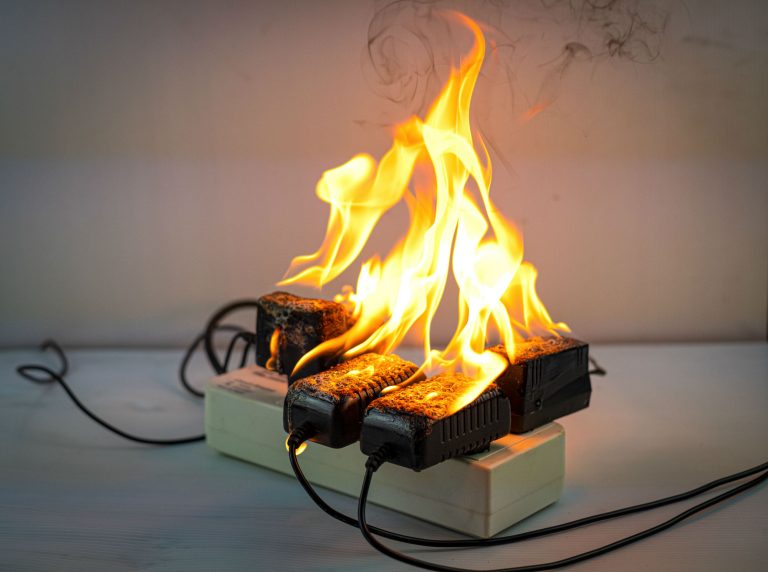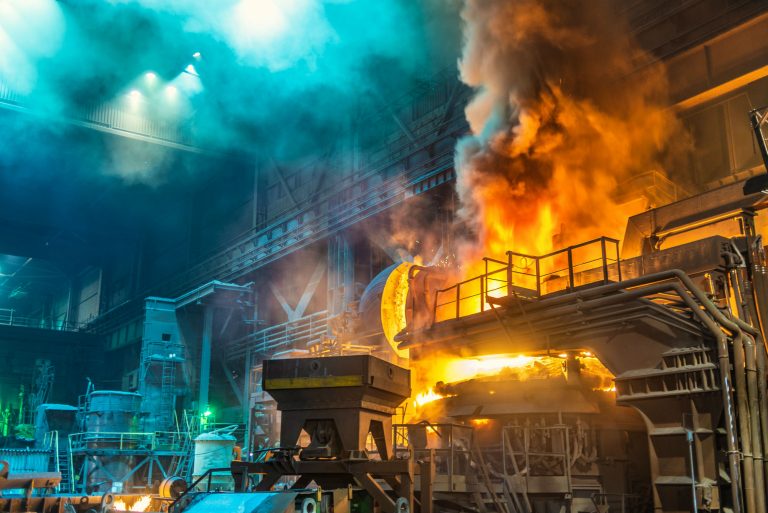Fire extinguishers to fight Class A fires are probably the most common type of front line defence that you’ll see in homes and offices across Australia.
That’s because, when we talk about ordinary combustibles in a Class A fire, we’re really talking about a wide range of items that we use everyday in our personal and professional lives. Consider the paperwork on top of your desk or all the flammable bits of scrap paper in the bin underneath it. Or what about your timber floors, or your wooden furniture such as chairs, tables and window or door frames? You may not realise how much you have around you in the way of ordinary combustibles, but they really are everywhere!
To give you a clearer example of this, we’ve compiled a non-exhaustive list of items that can – and do – provide fuel for a Class A fire in everyday environments, and which can be put out with a water or foam fire extinguisher:
- paper – newspapers, books, letters, diaries, cardboard
- fabric – curtains, cushions and covers, quilts and bedding, toys, clothing
- timber – chairs, tables, desk tops, benches, wooden doors and windows
- plastics – soft plastic food packaging, rubbish and recycling plastics
- rubber – car, motorbike or bicycle tyres, some furniture items
As you can see from this list, fires can start in any area of your home, garage, factory, workspace or office; however, by far the most common place for a fire to start is in a kitchen, whether that’s at home, a kitchenette in your office or a full commercial restaurant kitchen.
And, while the causes of home and office fires vary greatly, some of the most common ways in which a fire can take hold is from:
- unattended gas stove top cooking incidents
- unattended candles
- cigarette butts thrown into wastepaper or other bins
- fireplace embers falling onto carpet or curtains

Which fire extinguishers can be used on a Class A fire?
Water, dry chemical, foam and wet chemical fire extinguishers can be used on a Class A fire.
Water
In most cases, water is the best and most common choice when fighting a Class A fire because it’s quick to use, is easier to clean up and causes less damage to the surrounding area, particularly if there are soft furnishings, carpets or curtains nearby. Water filled fire extinguishers work on a Class A fire by reducing heat, one of the three essential elements needed for a fire to burn.
Dry Chemical
Also very common for Class A fires, dry chemical fire extinguishers work by smothering the fire and removing oxygen. Care should be taken when using a dry chemical fire extinguisher on a Class A fire in a confined area, as it can cause breathing, eye and skin irritations.
Foam
Good for Class A fires with plastics as the fuel, foam fire extinguishers work by smothering the fire and suppressing potentially dangerous vapours. Again, care should be taken when using a foam fire extinguisher in an enclosed space.
Wet Chemical
Usually found in commercial kitchens, wet chemical fire extinguishers work by suppressing burning fuels – it is most effective on burning cooking oils or fats – and deploying a soap-like substance to prevent re-ignition. It is not necessary to have a wet chemical fire extinguisher available for a Class A fire risk, but it can be used if a water or foam extinguisher isn’t available.
How do I use a fire extinguisher on a Class A fire?
While it might look like an easy thing to do, actually actioning a fire extinguisher can be more difficult than it looks…especially in the middle of a fire emergency!
We highly recommend regular workplace training at which our fire experts will give your team hands-on experience in using the PASS method of fire suppression:
- P – pull the pin on the fire extinguisher handle
- A – aim your extinguisher at the fire
- S – squeeze the handle firmly but gently to start the flow of water, foam etc
- S – sweep the extinguisher across the seat of the fire
Workplace fire training not only helps your team learn what to do in the event of a fire incident, but will also help them be more fire safe in their own home. We recommend workplace fire training every 6 months or when you have a new intake of staff.
A good way to remember to book a workplace fire safety training session is to review your level of competency whenever daylight savings comes around.

When should I use a fire extinguisher on a Class A fire?
If a Class A fire breaks out in your workplace you should follow the management and evacuation process that has previously been agreed upon.
While your workplace may differ, the most common process is for you to immediately call 000 (triple zero) and ask for the fire brigade; the operator will ask you for the type of emergency, your address, suburb and any other information that will be useful to emergency services personnel who are turned out to attend the incident.
You should then raise the alarm to alert co-workers and give them time to evacuate the building. Once everyone has left the building or area, no one should go back for any reason.
If you feel it is safe to do so, you can fight a Class A fire with a water, foam, dry chemical or wet chemical fire extinguisher, only if:
- the fire is small with flames shorter than you
- the fire is contained within a small space
- the fire isn’t spreading rapidly
- the room isn’t full of smoke (smoke inhalation can quickly cause unconsciousness)
- you have a clear exit path in case you need to escape the fire
Using the PASS method, and ensuring that you have a clear line of escape at all times, you can attempt to put the fire out prior to the arrival of emergency services personnel.
However, if you feel unsafe or unable to use a fire extinguisher, then simply don’t risk it. Evacuate the building and wait for the fire brigade to arrive and deal with the fire.
How do I ensure I have the right equipment for a Class A fire?
It makes sense that your fire safety equipment should be maintained to the highest standard so it works well when you need it most.
In a commercial setting, it is a legal requirement that you have your fire extinguishers and other equipment tested on a regular basis (depending on the type of business you run). Therefore, a maintenance schedule is vital to ensuring the safety of you, your staff and site visitors, and to minimise any potential damage to your premises.
Our team of fire safety experts can organise this for you, saving you the time and hassle of having to think about it for your office, factory, warehouse, body corporate, government building or workshop.
If you’d like to know more about how we can help you keep your premises and people safe from a Class A fire, please give us a call on 1800 177 915 to arrange an obligation-free visit to discuss your fire equipment service needs with one of our expert team.




